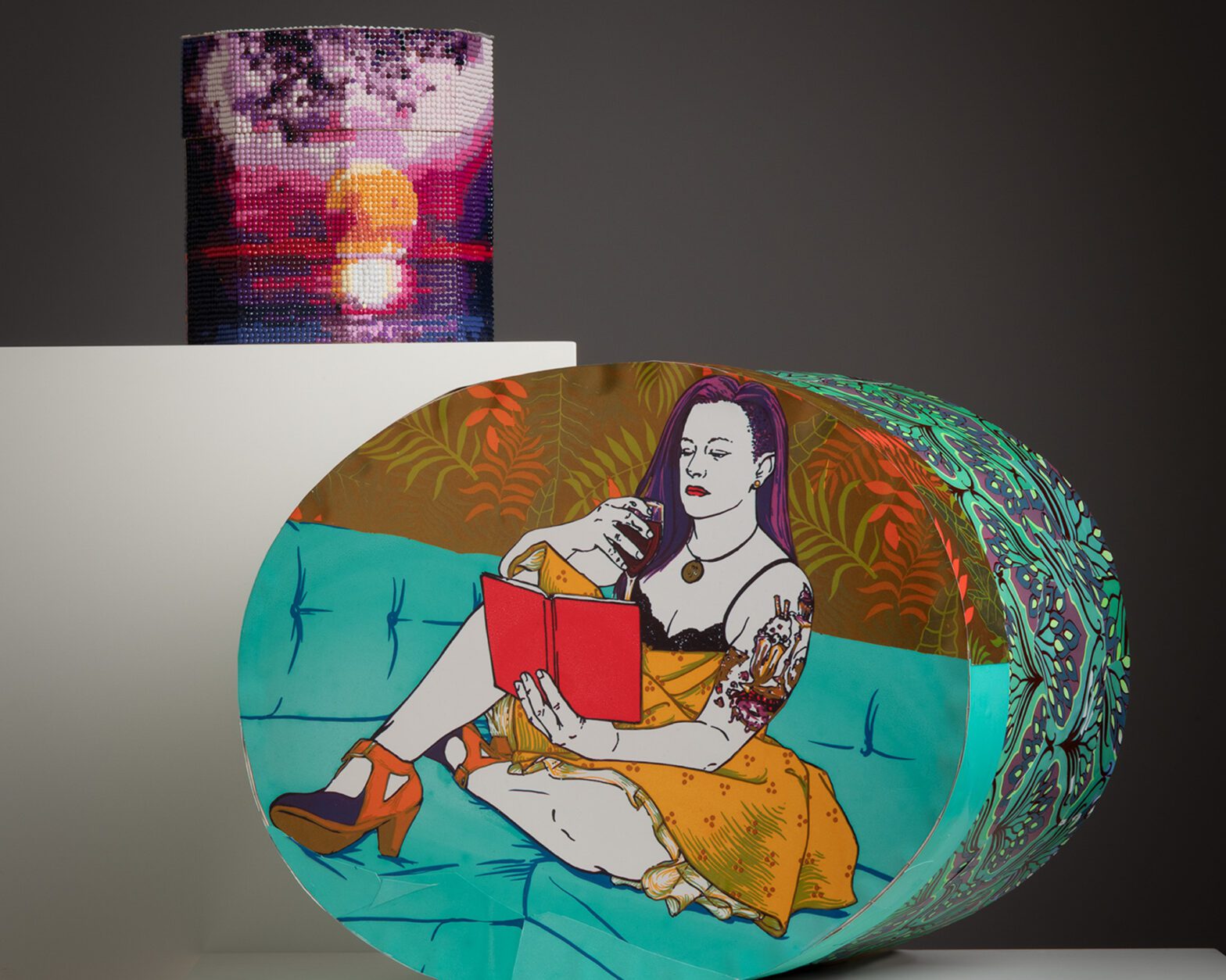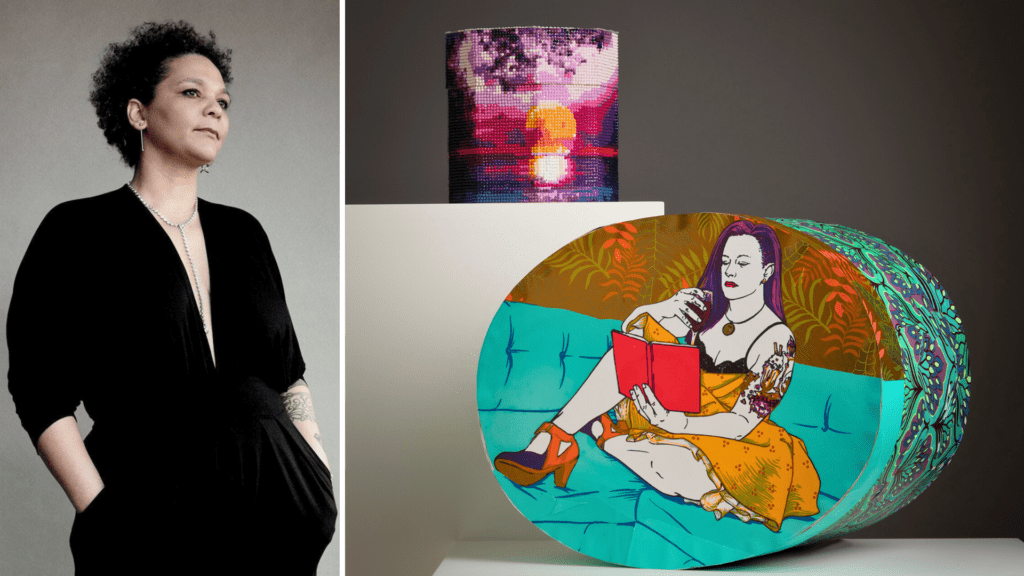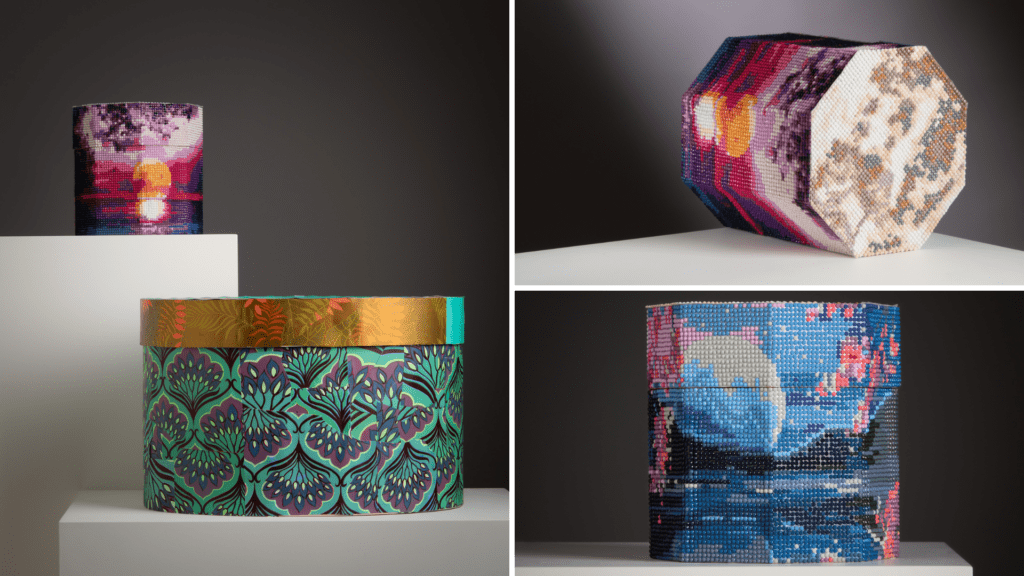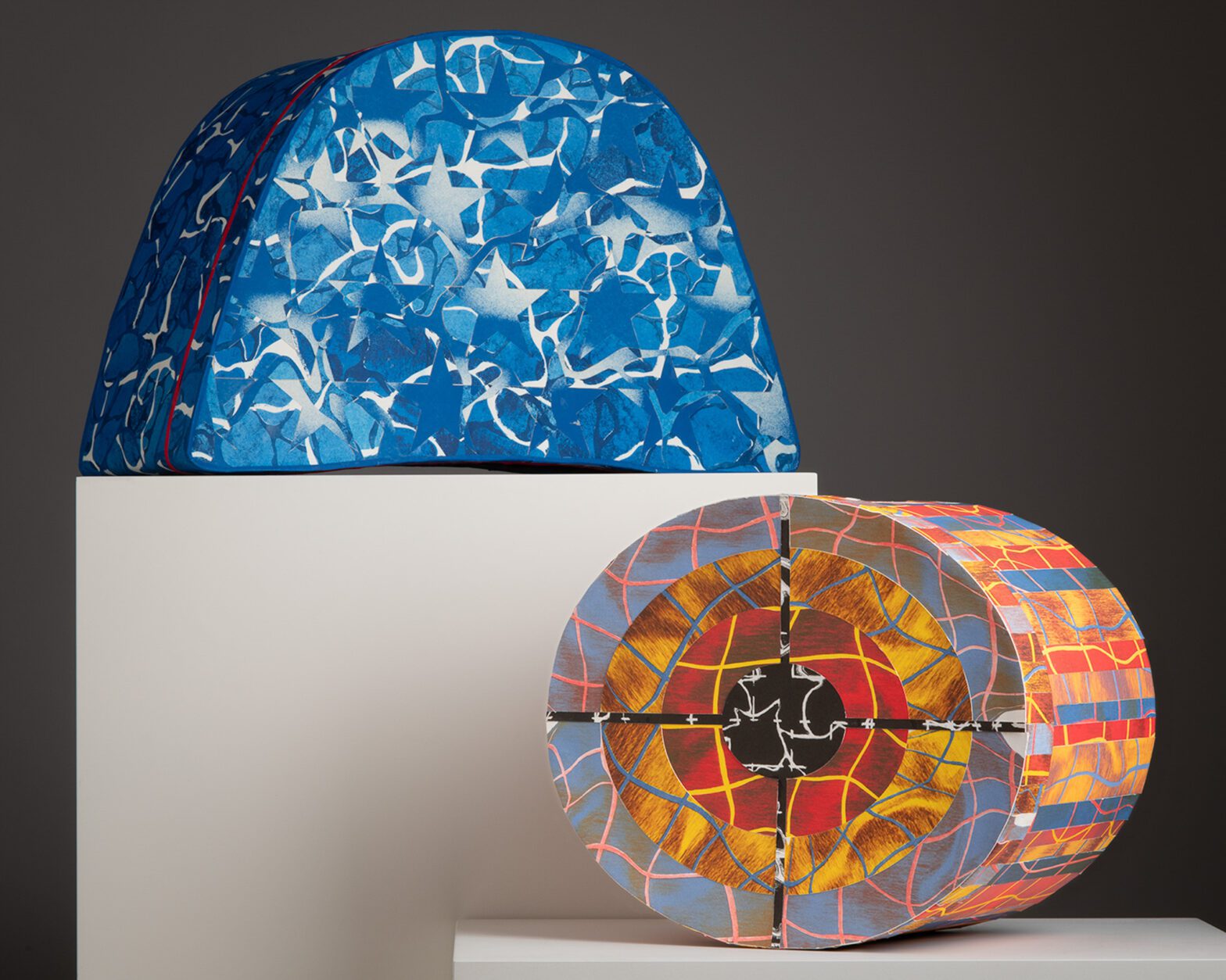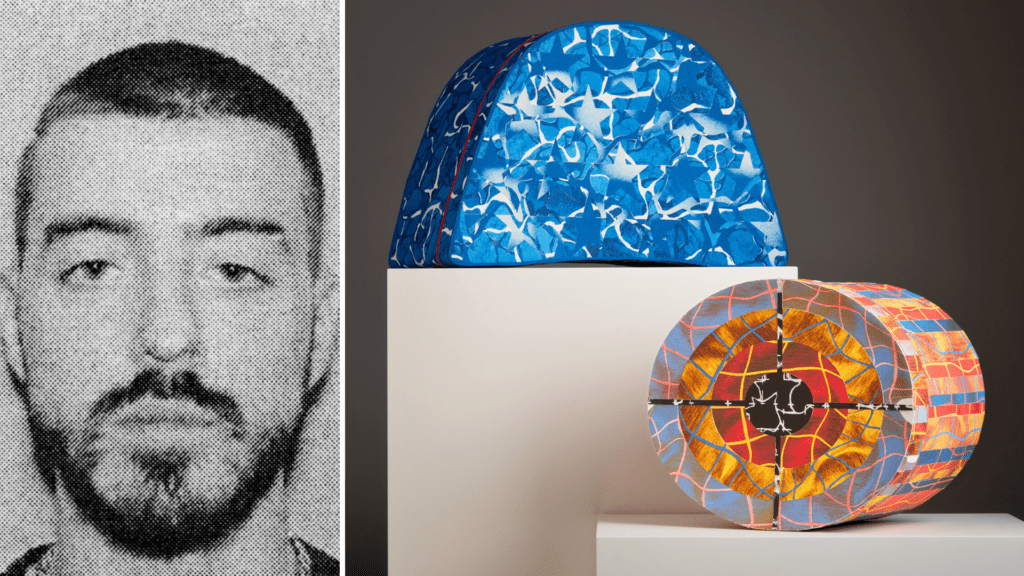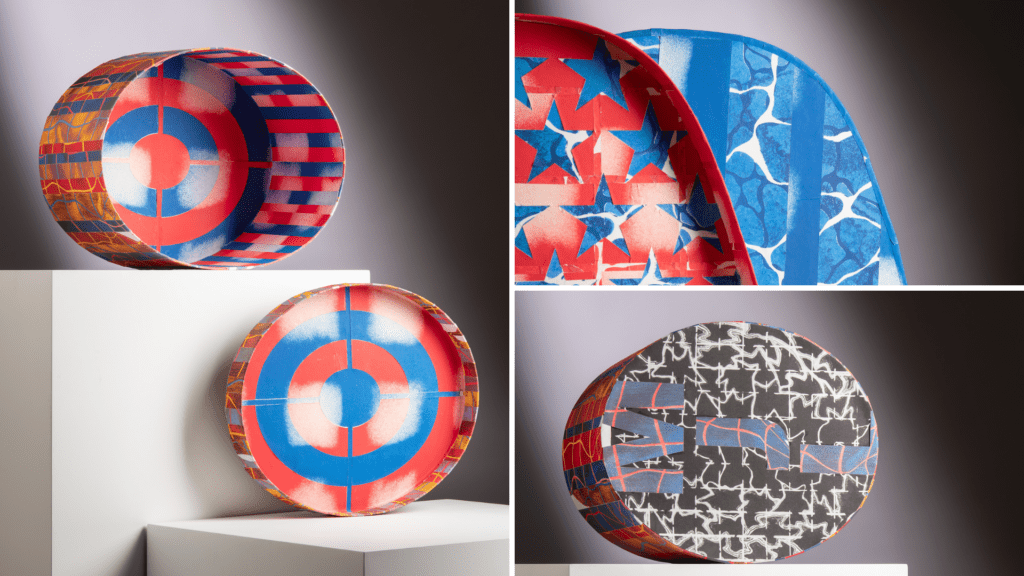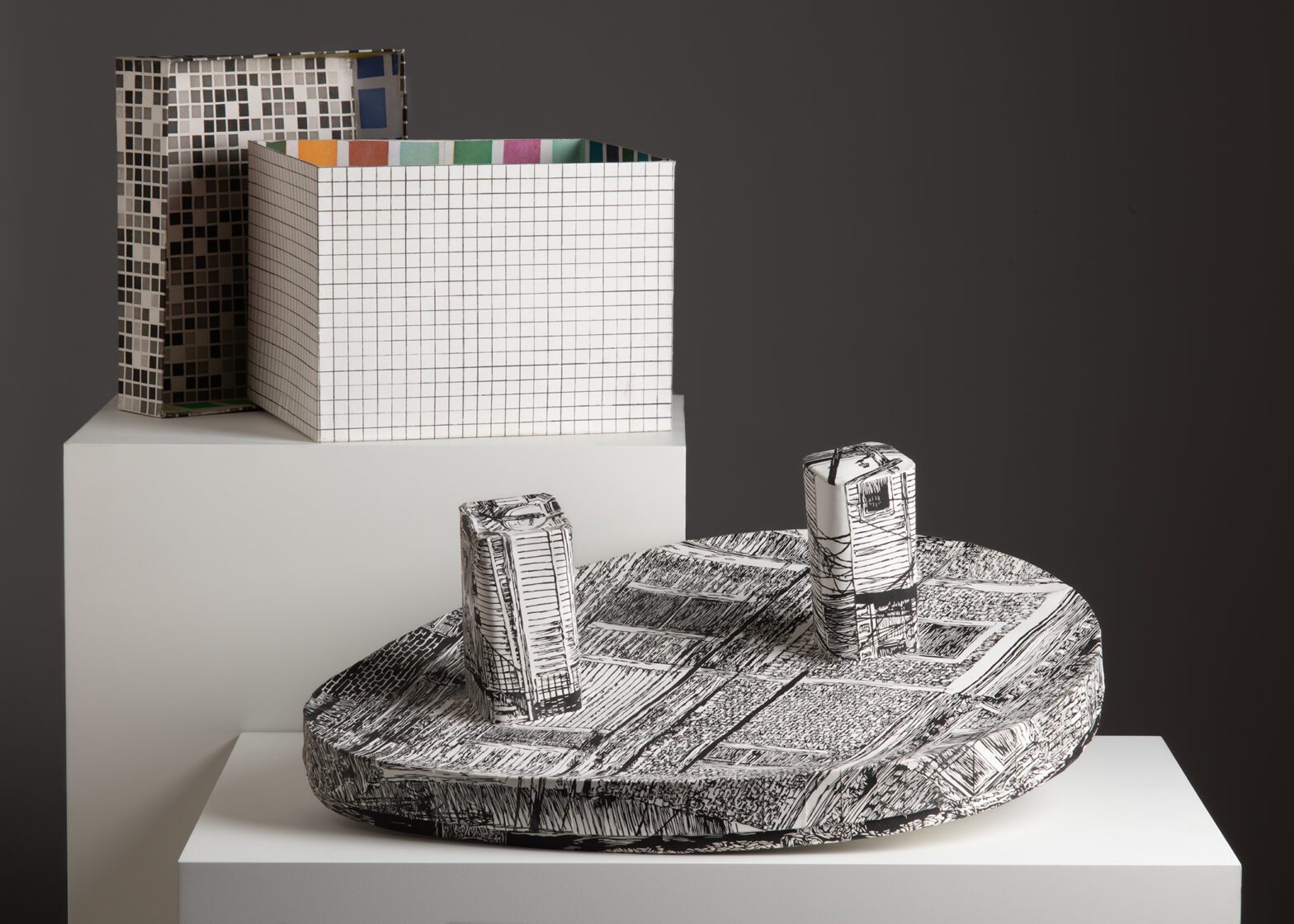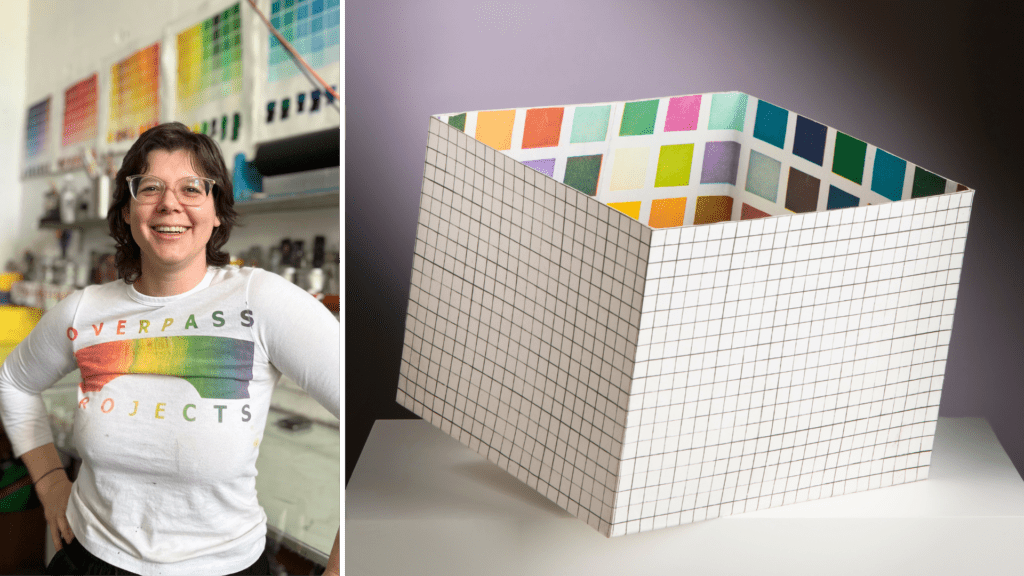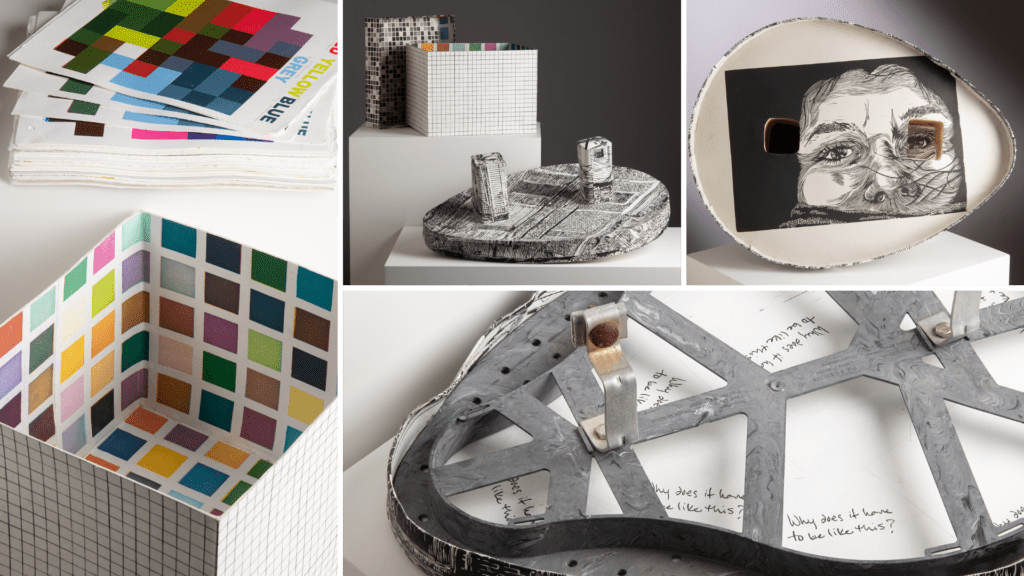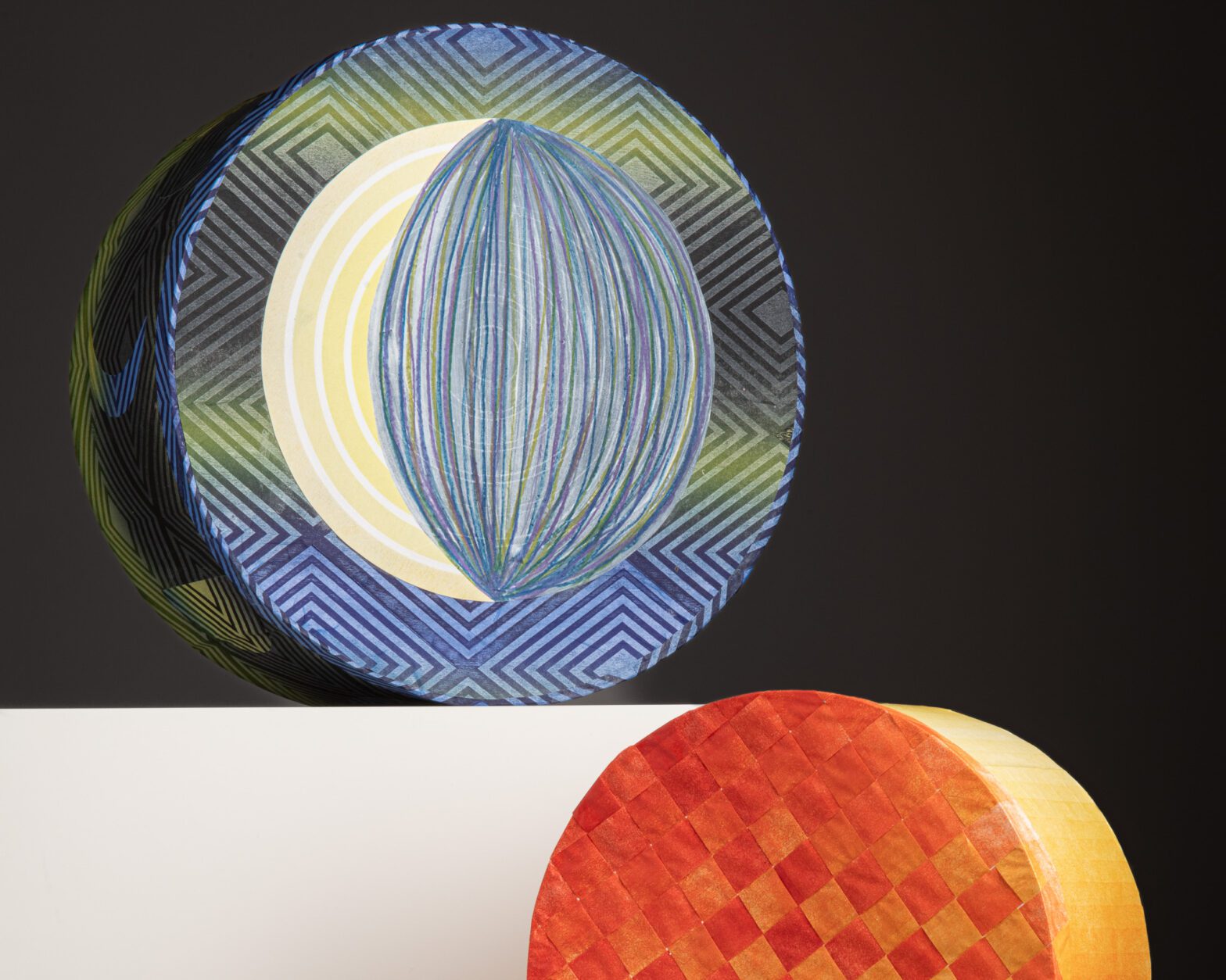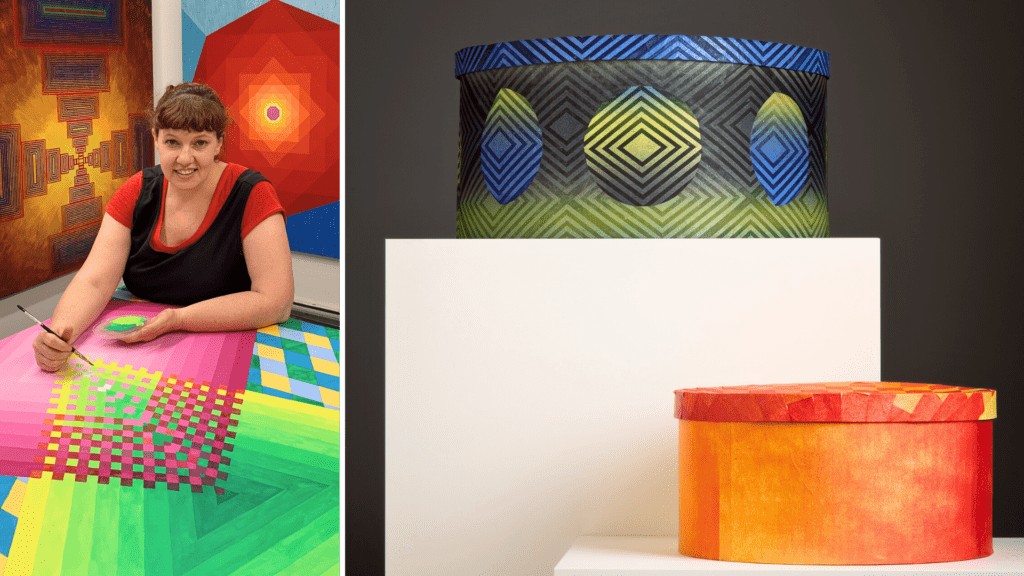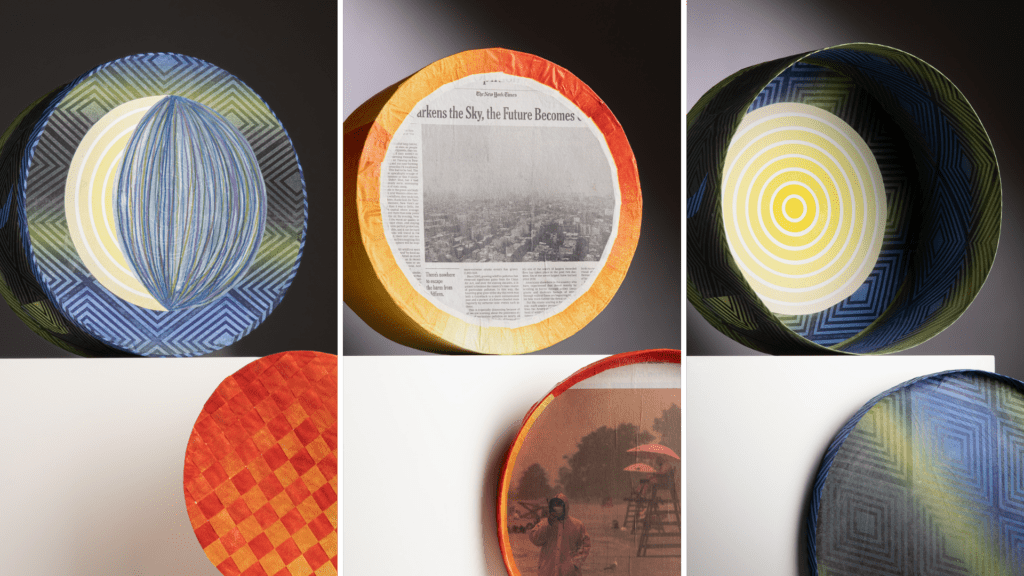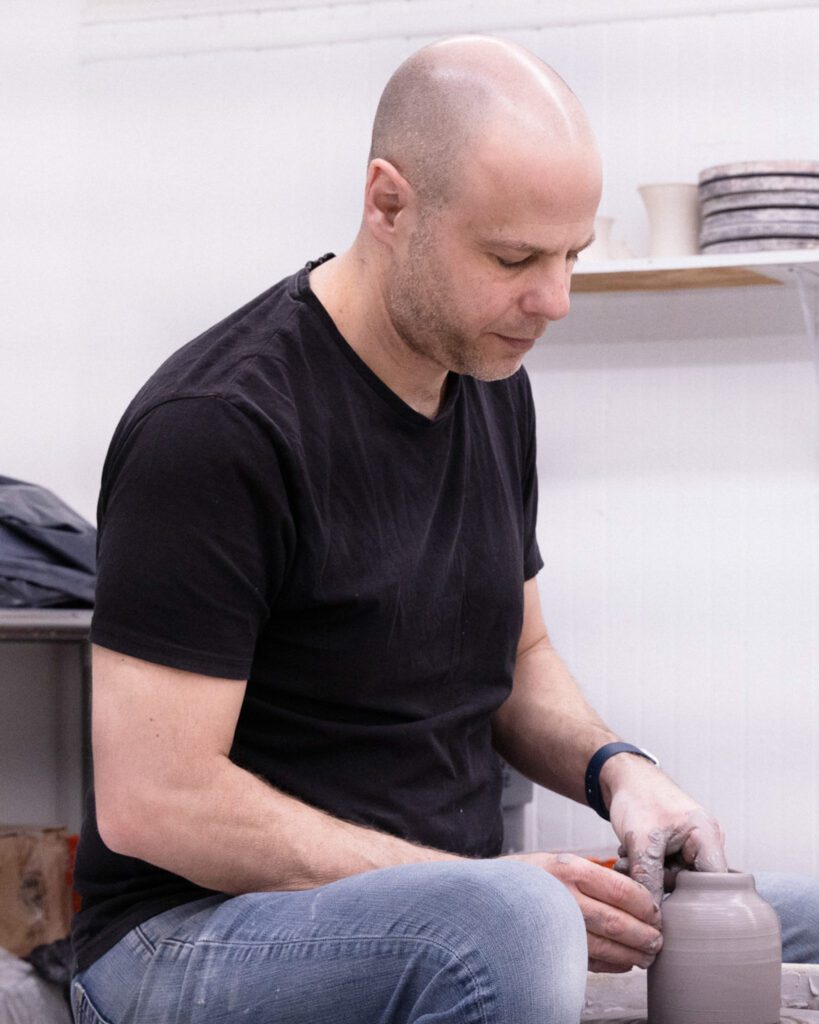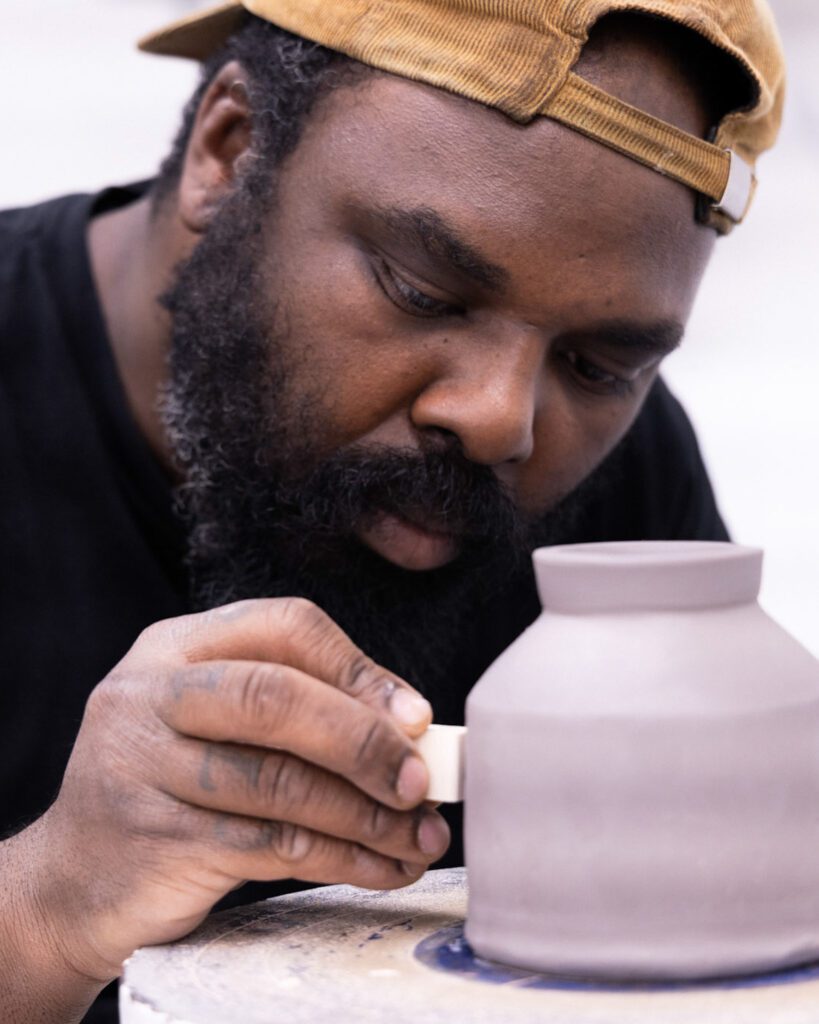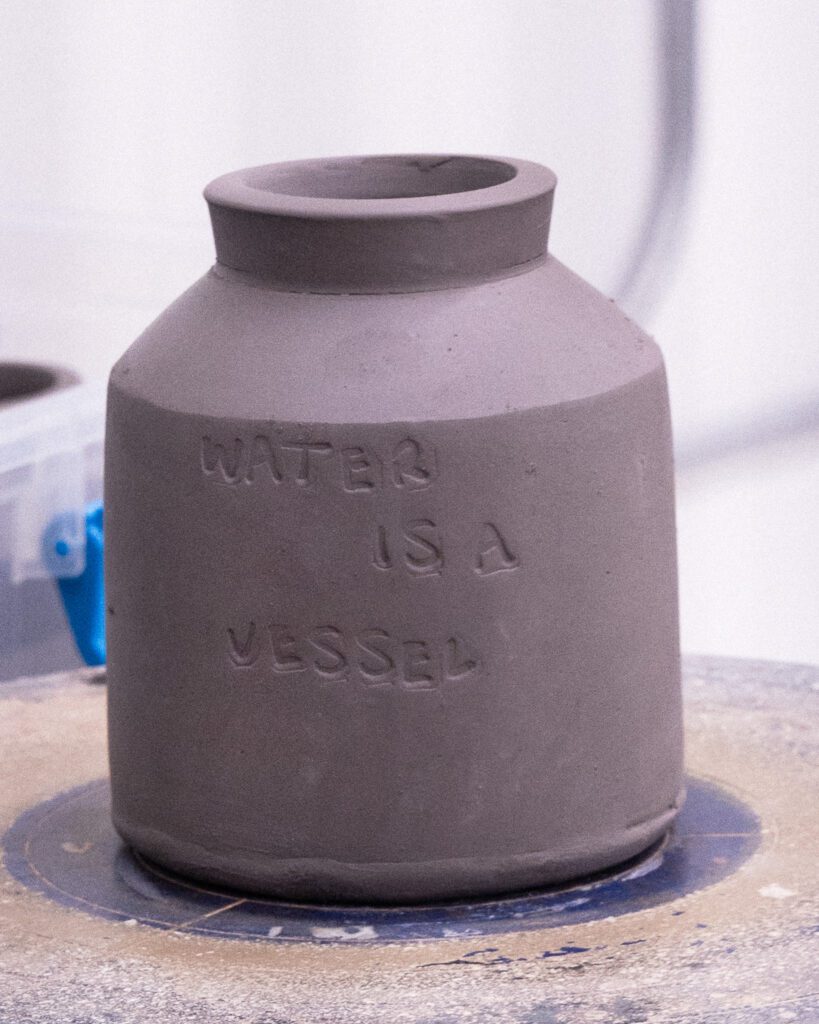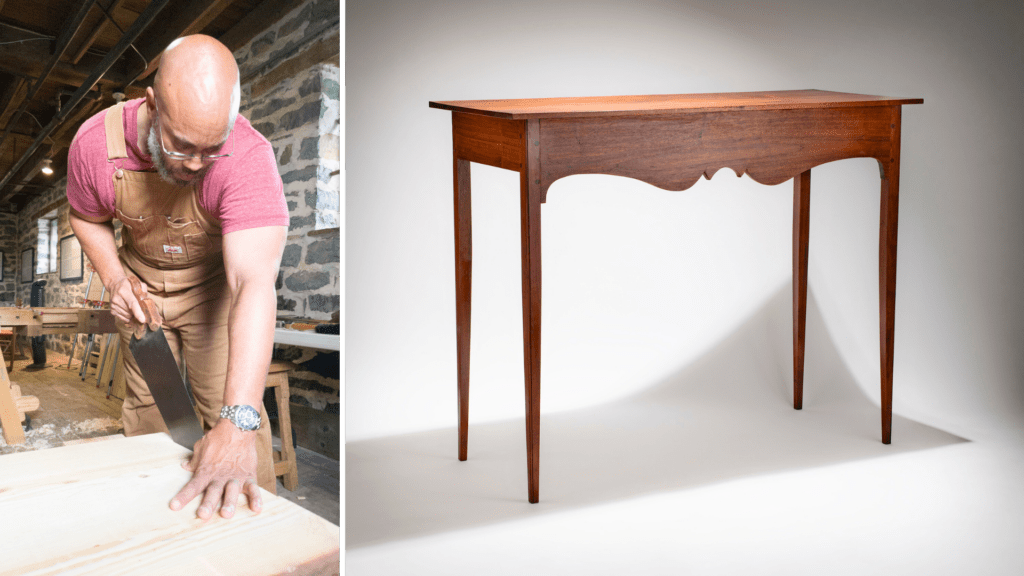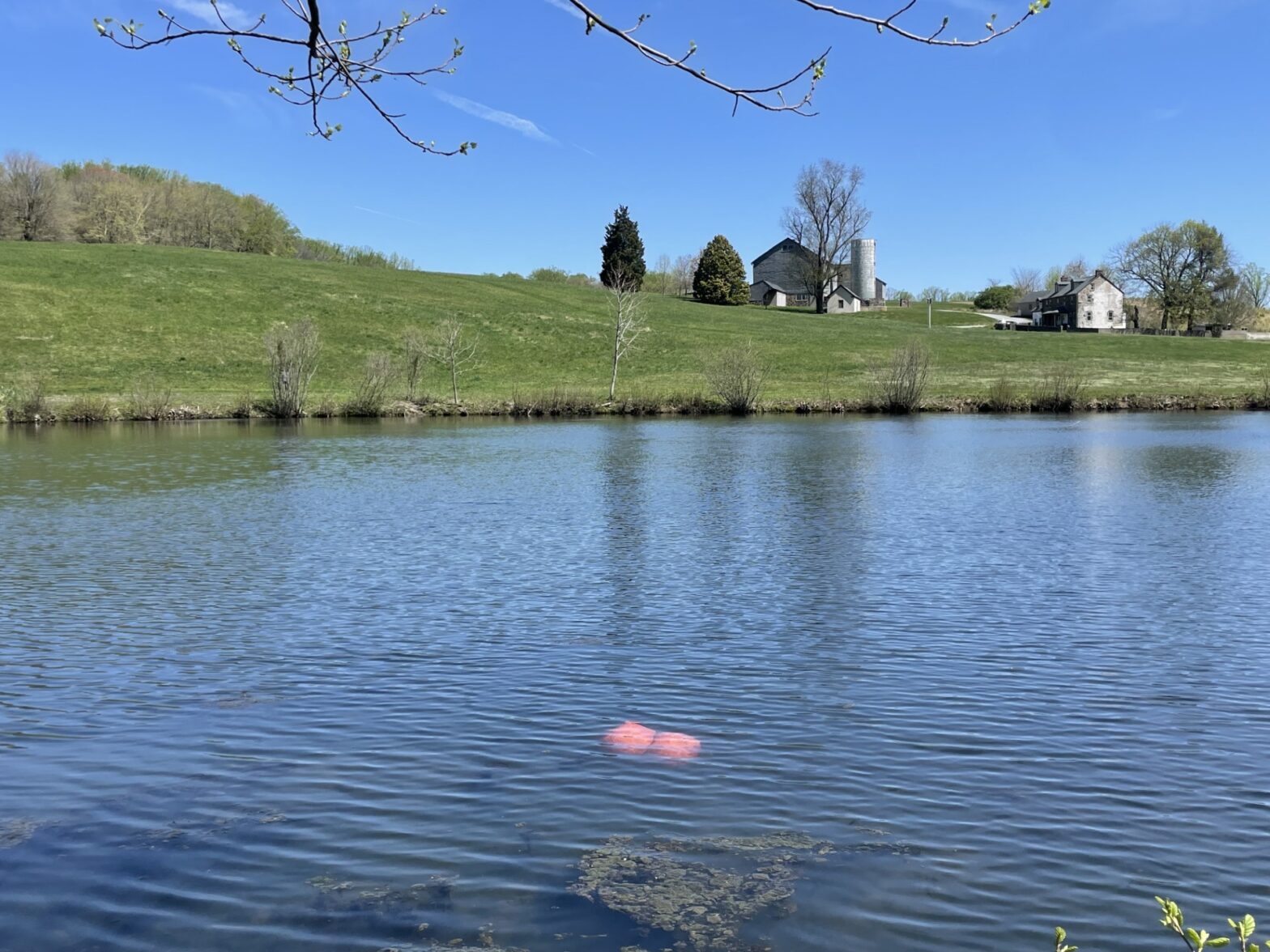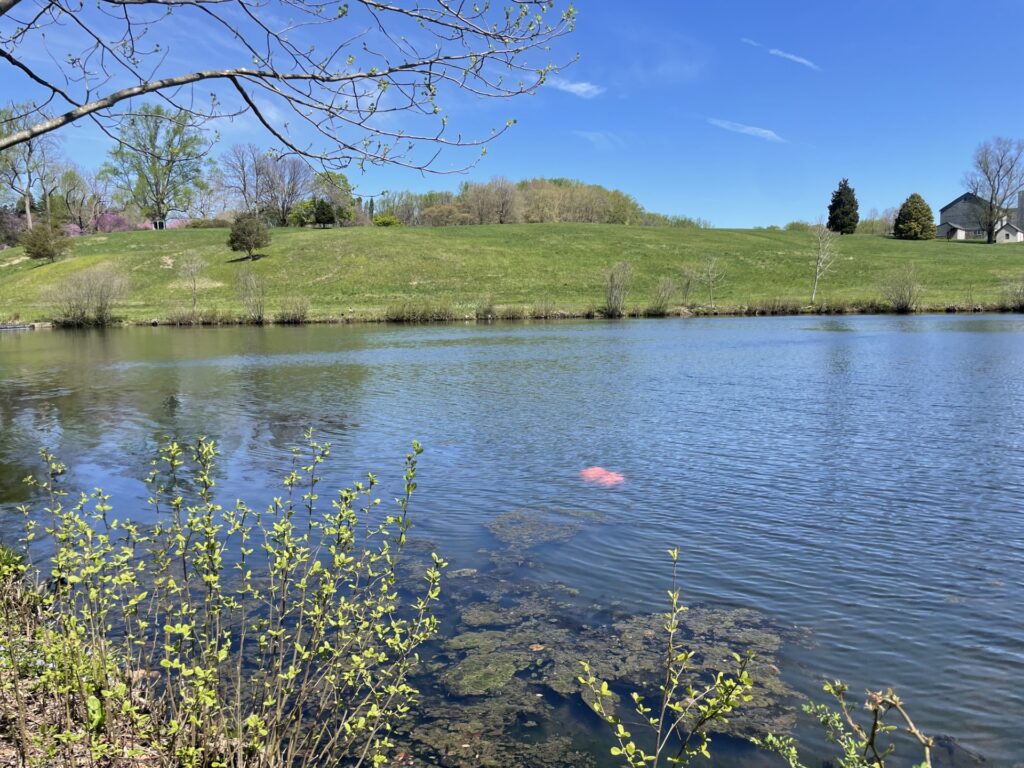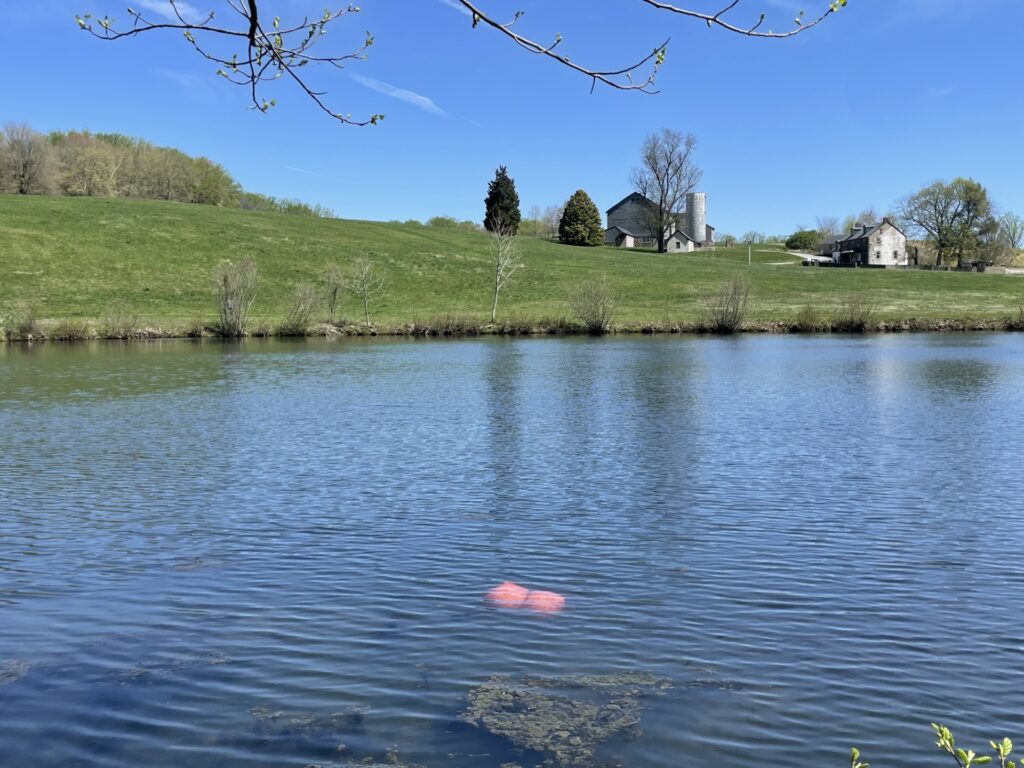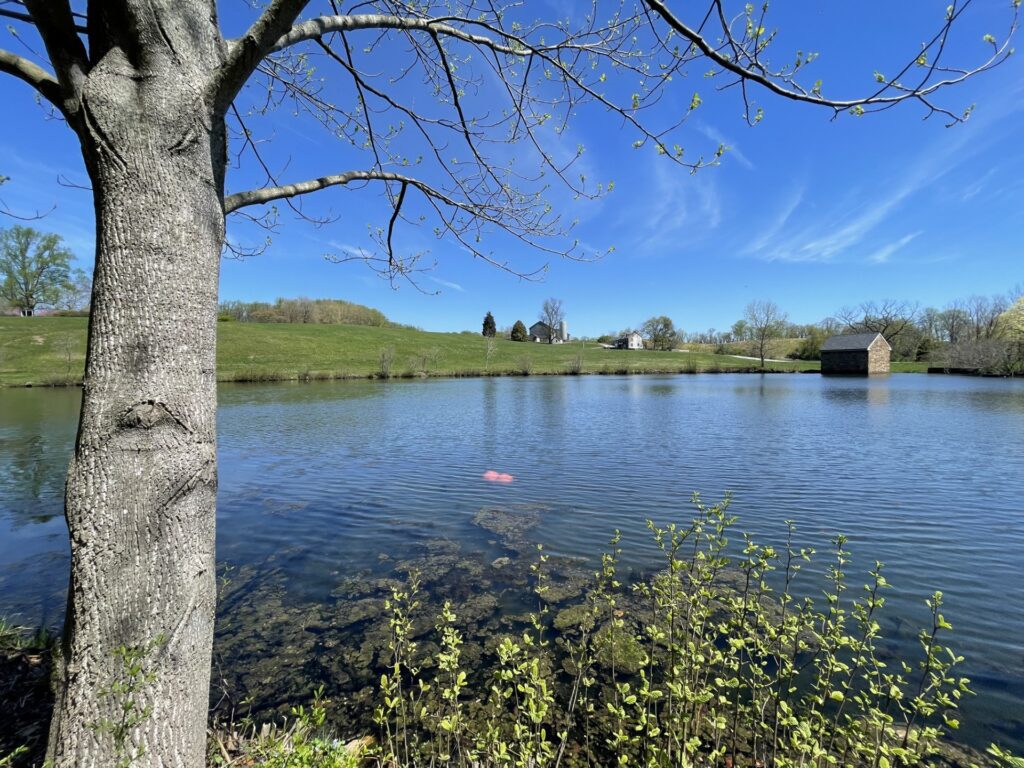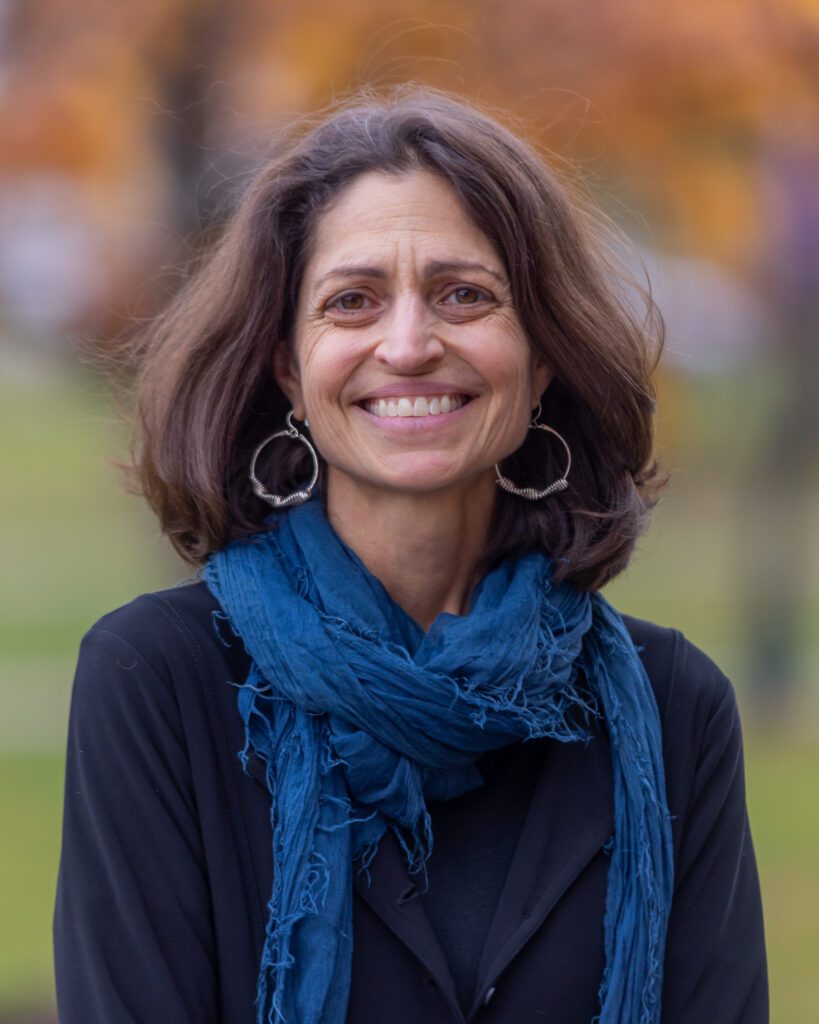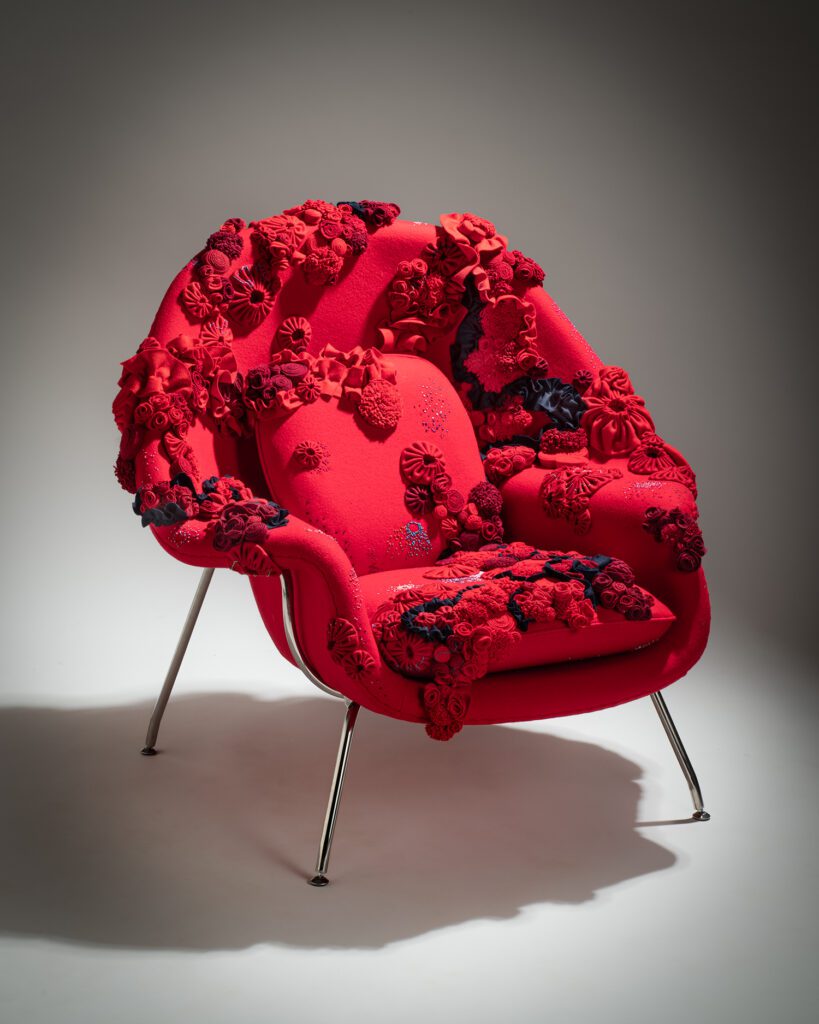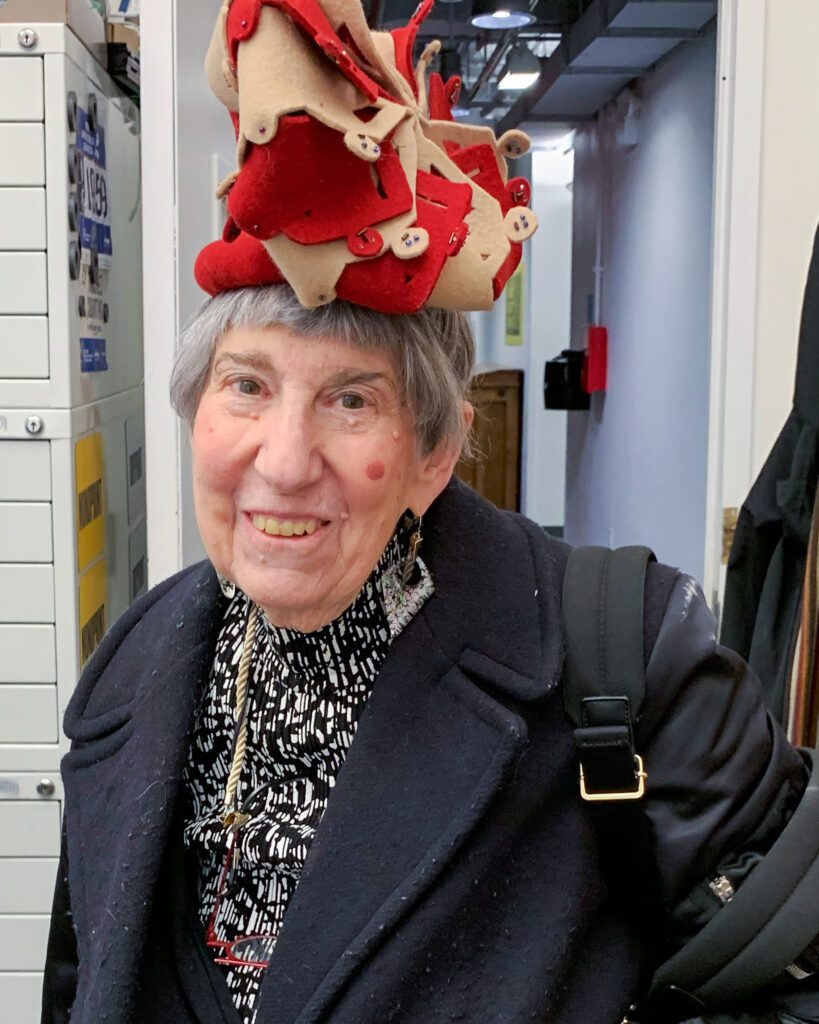
About the Artist
Bronx, New York
Judith Solodkin received a master of fine arts degree from Columbia University in 1967, has taught art on the college and graduate level, and is teaching lithography, digital embroidery, and soft sculpture at the School of Visual Arts and lithography at Pratt Institute. She also studied millinery at Fashion Institute of Technology and is a member of the Milliners Guild. She was the first woman to graduate from the Tamarind Institute as a Master Lithographer in 1975. Today she is based in Riverdale, Bronx, New York, and operates as a print publisher and contract printer—SOLO Impression, Inc. Innovative collaborative techniques have been a mainstay of SOLO Impression. Judith continues to collaborate with artists on fine art lithography, embroidery, and fabrication.
A trailblazing supporter of women in the arts since the mid-1970s, Judith developed an “old girls’ network” with the same rigor and opportunity afforded male artists. In 1996 and 2010, the retrospective The Collaborative Print: Works from SOLO Impression was presented at the National Museum of Women in the Arts in Washington, D.C. In 2013, she received a Printer Emeritus award from the Southern Graphics Council International. Taschen Publishing commissioned three lithographs by Françoise Gilot in 2017, and “Ode à l’oubli,” a collaboration with Louise Bourgeois, was exhibited in An Unfolding Portrait at the Museum of Modern Art in 2018. In November 2020, she was honored by the International Print Center of New York for her printmaking achievements. SOLO Impression exhibits at the International Fine Print Dealers Association Print Fair. Editions by SOLO Impression are in the Museum of Modern Art; The Metropolitan Museum of Art; Whitney Museum of American Art; New York Public Library; Museum of Fine Arts, Boston; Library of Congress, National Gallery of Art; Bibliothèque Nationale de France; and Tate Modern in London.
Judith is known for her handmade hats, which she proudly wears herself. Hats from SOLO Chapeau were recently shown at the Metropolitan Museum Mezzanine Art Gallery and at the Garment Center’s 38th Street Window during Textile Month, and they have been featured in online exhibitions of the Milliners Guild.
Website: SoloImpression.com
Social Media: @JudithSolodkin
Artist Statement
Referencing history has always been a part of my activities, whether at SOLO Impression collaborating with artists in fine art lithography, in digital embroidery, or in creating hats under the SOLO Chapeau label. Teaching at the School of Visual Arts and Pratt Institute is a catalyst to expose students to precedent and to past knowledge and early hand-manipulated techniques. These skills are vital in the collaborative process with artists, directing them forward to the future. For example, in my print “Whitfield Lovell,” I appropriated an early wallpaper design in his twin lithographs, “Barbados and Georgia” (2009) and combined it with stone lithography and inkjet printing. And I embroidered a restoration fabric from an 1860 motif that was used as the upholstery on a chair showing at the Brooklyn Museum as part of Modern Gothic: The Inventive Furniture of Kimbel and Cabus, 1863–82.
I continue to be fascinated by early tools that when mastered in the present can yield new results. Old presses, rollers, stones for lithography and head blocks and forming tools for millinery can be updated with new technologies for surprising effects. My new fabric inkjet printer allows me to print images on cloth and subsequently to embroider the results, as I did with the banner of Judy Chicago, “What If Women Ruled the World?”

